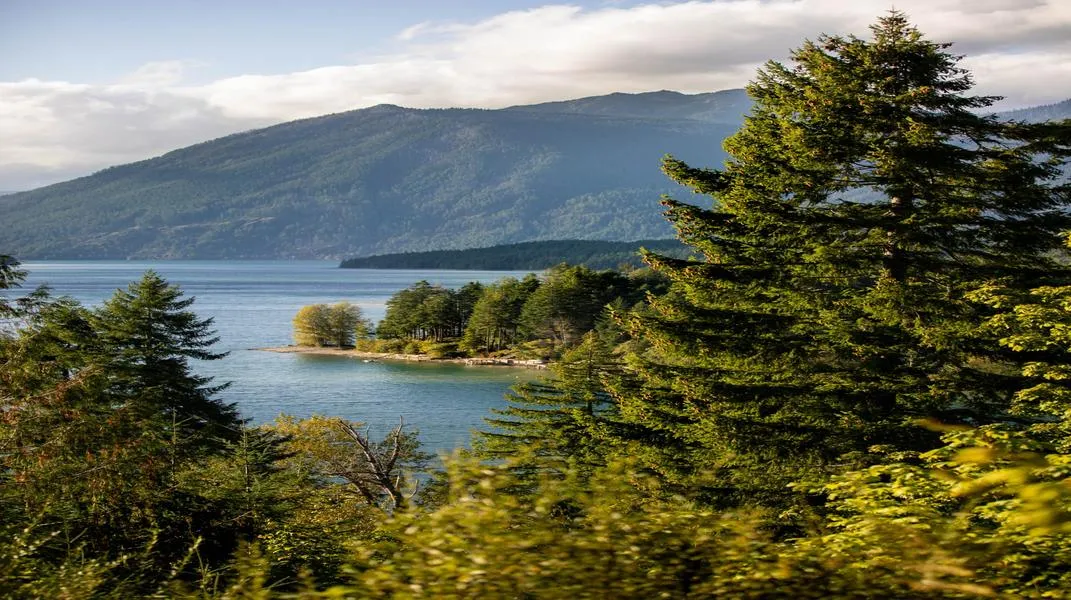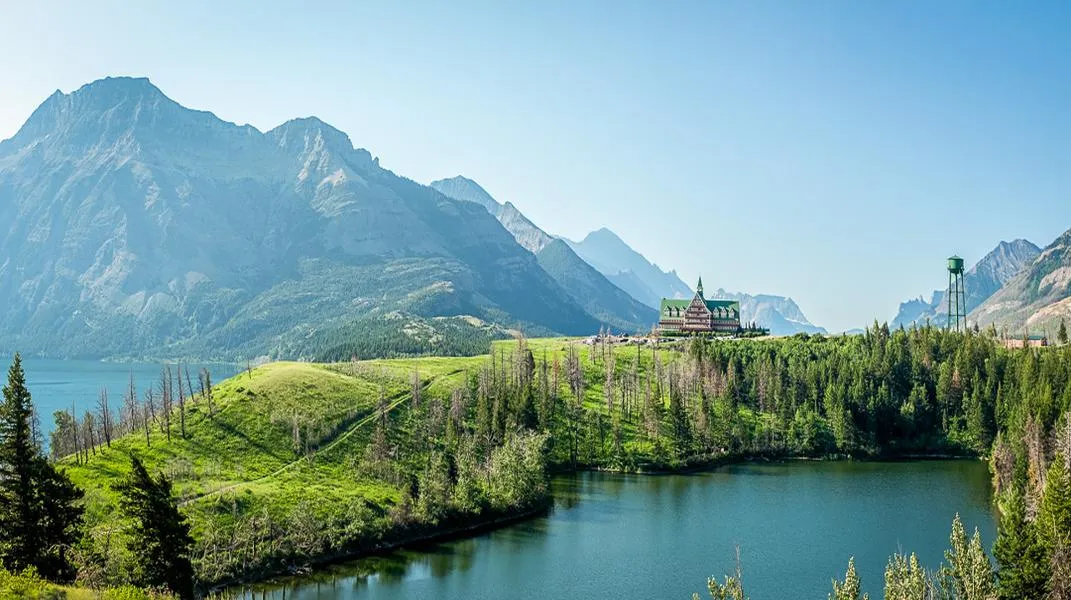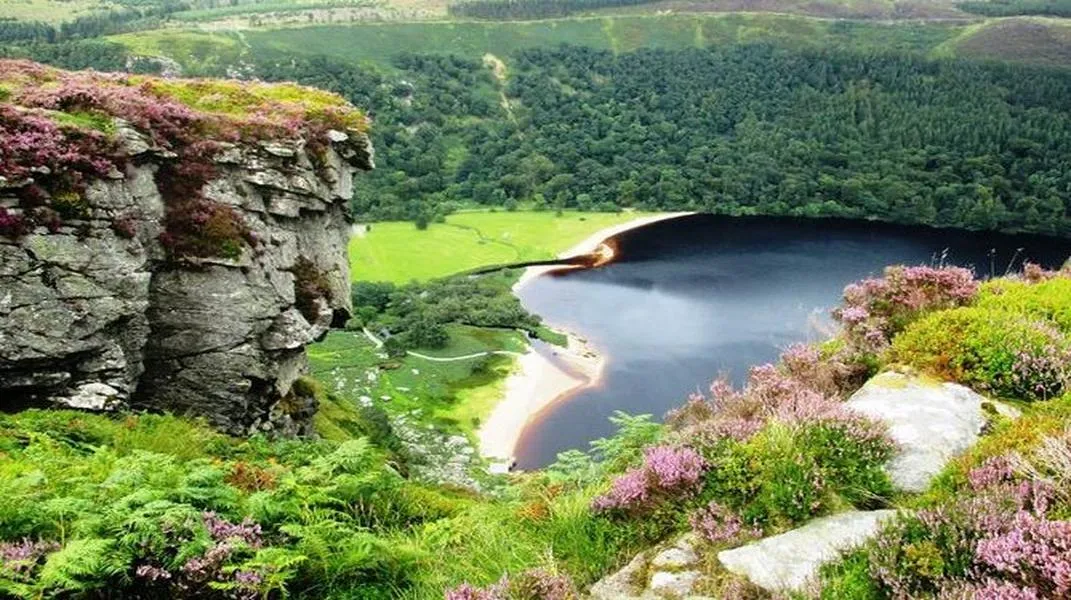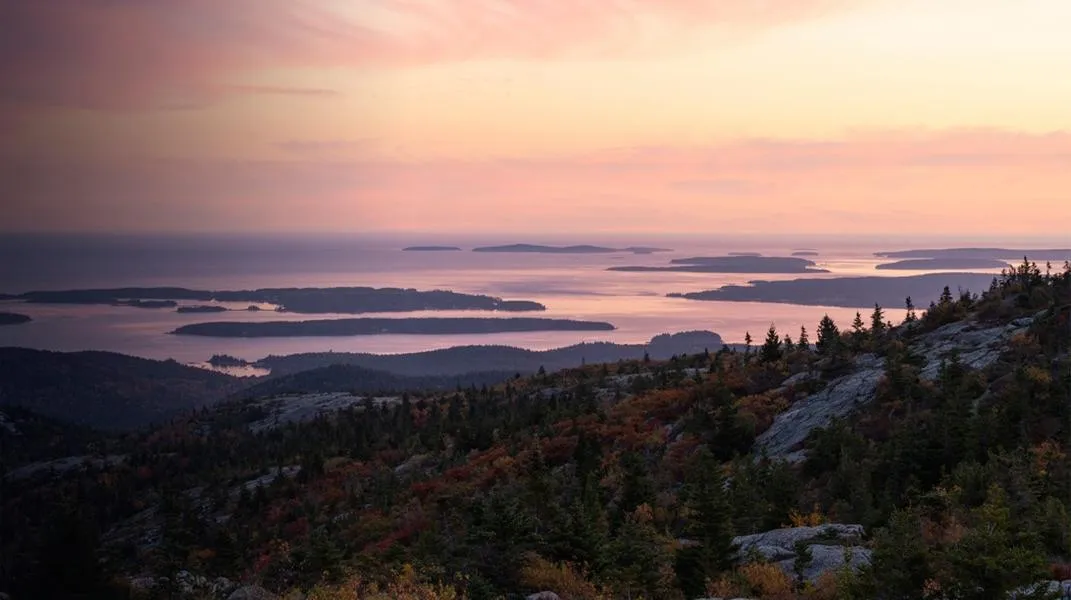Discovering Kings Canyon National Park: A Natural Wonderland
Nestled in the Sierra Nevada Mountains of California, Kings Canyon National Park is a breathtaking testament to nature’s grandeur. Known for its deep canyons, towering sequoias, and stunning vistas, this national park offers visitors an immersive experience in one of America’s most iconic landscapes. Whether you’re an experienced hiker or a casual visitor looking to enjoy the scenery, Kings Canyon has something for everyone. This article will explore the park’s highlights, activities, and essential preparations for an unforgettable visit.
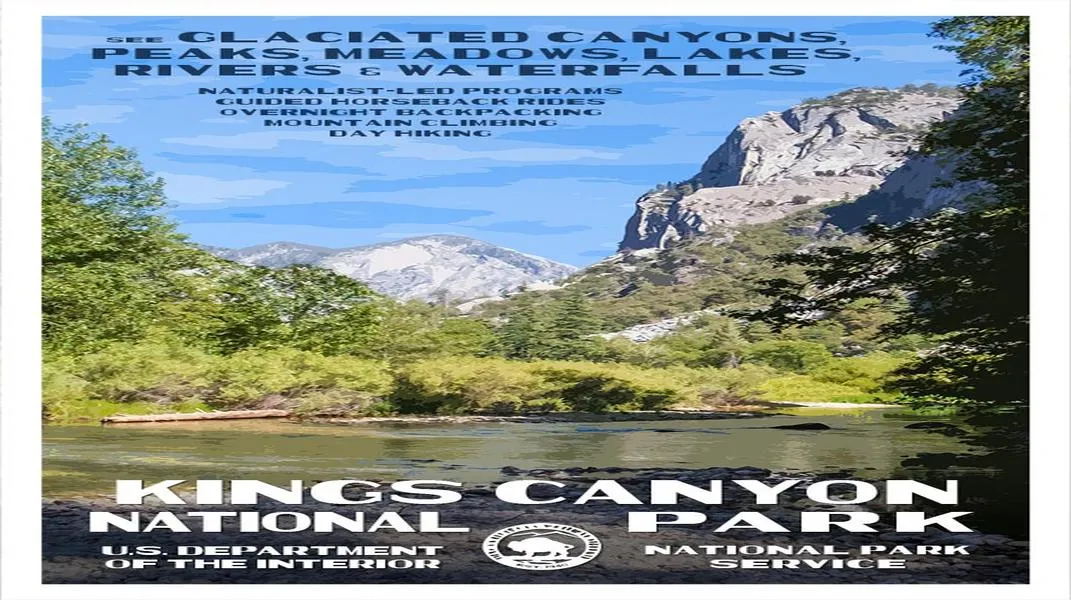
A Brief Overview of Kings Canyon National Park
Kings Canyon National Park was established in 1940, encompassing over 461,000 acres of pristine wilderness. The park is home to the Kings River and the canyon that bears its name, which is one of the deepest canyons in North America. The park is also adjacent to Sequoia National Park, and together they form a UNESCO World Heritage Site.
Geographical Features
Kings Canyon features an array of geological wonders, including steep granite cliffs, lush meadows, and ancient glaciers. The most famous landmark is the Kings Canyon itself, which plunges over a mile deep in some areas, creating dramatic views and a rich ecosystem. The park’s elevation ranges from 1,320 feet at the canyon floor to 14,494 feet at the summit of Mount Whitney, the highest peak in the contiguous United States.
The park is also home to the Giant Sequoia trees, some of the largest living trees on Earth. The General Grant Tree, located in the Grant Grove area, is one of the most famous specimens. These trees can live for thousands of years and offer a unique glimpse into the Earth’s natural history.
Flora and Fauna
Kings Canyon is a biodiversity hotspot, featuring a variety of ecosystems that range from sagebrush deserts to lush alpine meadows. The park is home to over 1,400 plant species and many animal species, including black bears, mule deer, bobcats, and a variety of birds. The changing elevations and climates create distinct habitats, making it a paradise for nature enthusiasts and wildlife watchers.
Exploring the Park: Must-See Attractions
When visiting Kings Canyon National Park, there are several key attractions that you shouldn’t miss. Here are some highlights:
1. Kings Canyon Scenic Byway
One of the best ways to experience the park’s stunning landscapes is by driving along the Kings Canyon Scenic Byway. This 30-mile road takes you through some of the park’s most breathtaking views. Along the route, you’ll encounter various viewpoints, picnic areas, and trailheads. Stop at the Grizzly Falls, a picturesque waterfall, or take a short hike to the Roaring River Falls for a refreshing experience.
2. Grant Grove
The Grant Grove area is home to some of the largest and oldest Sequoia trees in the world. The General Grant Tree, designated as the Nation's Christmas Tree, is a must-see. The grove features several hiking trails, including the easy 0.5-mile General Grant Tree Trail, which offers close-up views of these majestic giants.
3. Cedar Grove
Cedar Grove is another stunning area within the park, known for its dramatic canyon views and the Kings River. The area offers access to numerous trails, including the popular Mist Falls Trail, which leads to a beautiful waterfall. The hike is approximately 4 miles round trip and is suitable for families and casual hikers.
4. Zumwalt Meadow
This serene meadow is surrounded by towering granite cliffs and offers a peaceful setting for picnics and leisurely walks. The Zumwalt Meadow Loop is a 1.5-mile trail that provides breathtaking views of the surrounding landscape, including the majestic North Dome.
5. Hiking and Backpacking
Kings Canyon National Park is a hiker's paradise, offering over 800 miles of trails, ranging from easy walks to challenging backcountry routes. Some popular hiking options include the Rae Lakes Loop, a strenuous 41-mile trek that showcases the park’s stunning alpine scenery. If you’re looking for a shorter hike, consider the easy and family-friendly Zumwalt Meadow Loop or the scenic Mist Falls Trail.
6. Wildlife Viewing
Wildlife enthusiasts will find plenty to observe in Kings Canyon. Keep an eye out for black bears, which are commonly seen, especially in the early morning or late evening. The park is also home to various bird species, making it an excellent destination for birdwatching.
Preparing for Your Visit
To make the most of your trip to Kings Canyon National Park, preparation is key. Here’s a comprehensive list of materials and tips to help you plan your adventure:
1. Planning Your Trip
- Check Park Conditions: Before you go, visit the National Park Service website for Kings Canyon to check for any road closures, weather conditions, or alerts. This will help you plan your itinerary effectively.
- Timing Your Visit: The best time to visit Kings Canyon is during the summer months (June to September) when the weather is warm, and most trails are accessible. However, fall (October) offers stunning foliage, while spring (April to May) is ideal for wildflower viewing.
2. Essential Gear
- Clothing: Dress in layers, as temperatures can vary widely throughout the day. Lightweight, moisture-wicking clothing is ideal for hiking. A good pair of hiking boots is essential for comfortable trekking on rugged trails.
- Rain Gear: Be prepared for sudden weather changes, especially if you plan to hike in higher elevations. A lightweight, waterproof jacket can make a big difference.
- Backpack: A sturdy daypack is necessary for carrying your essentials, including water, snacks, and a first-aid kit.
- Hiking Poles: If you plan to tackle more strenuous trails, consider bringing hiking poles for added stability and support.
3. Food and Water
- Hydration: Always carry plenty of water, especially during warmer months. A general rule of thumb is to drink about half a gallon per day, more if you’re hiking.
- Snacks: Pack high-energy snacks such as nuts, trail mix, energy bars, and fresh fruit to keep your energy levels up during hikes.
- Meals: If you plan to camp, consider meal planning and packing easy-to-cook options. Portable stoves and lightweight cookware can be beneficial.
4. Navigation and Safety
- Maps and Guides: Obtain a park map upon entering the park or download the National Park Service app for navigation and information about trails and attractions.
- Emergency Supplies: Pack a small first-aid kit, a flashlight or headlamp, a multi-tool, and a whistle. Familiarize yourself with basic first-aid procedures and know how to handle wildlife encounters.
- Leave No Trace: Familiarize yourself with Leave No Trace principles to minimize your impact on the environment. This includes packing out all trash, staying on designated trails, and respecting wildlife.
5. Camping and Lodging
- Reservations: If you plan to camp, reservations are highly recommended, especially during peak season. The park has several campgrounds, including Lodgepole Campground and Cedar Grove Campground.
- Lodging: For those who prefer more comfort, consider nearby lodges or hotels in the surrounding areas, such as the Wawona Hotel or various accommodations in the nearby town of Three Rivers.
Conclusion
Kings Canyon National Park is a treasure trove of natural beauty and adventure waiting to be explored. From its towering sequoias to its dramatic canyons, the park offers a wealth of experiences for outdoor enthusiasts and casual visitors alike. By preparing adequately and embracing the spirit of adventure, you can make the most of your visit to this stunning national park. Whether you are hiking through the majestic landscapes, picnicking in a serene meadow, or simply gazing at the stars in the clear night sky, Kings Canyon will leave you with memories that last a lifetime.
So pack your bags, lace up your hiking boots, and get ready to experience the awe-inspiring beauty of Kings Canyon National Park!

